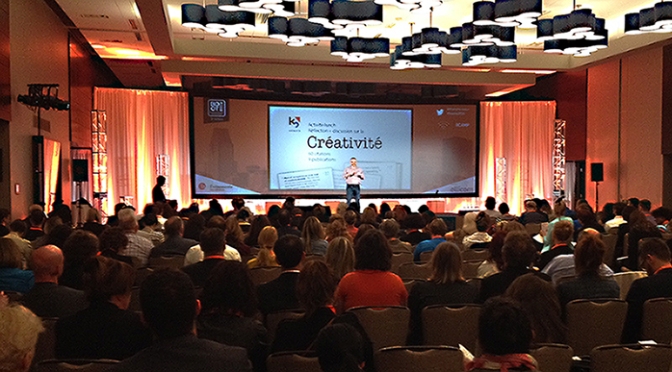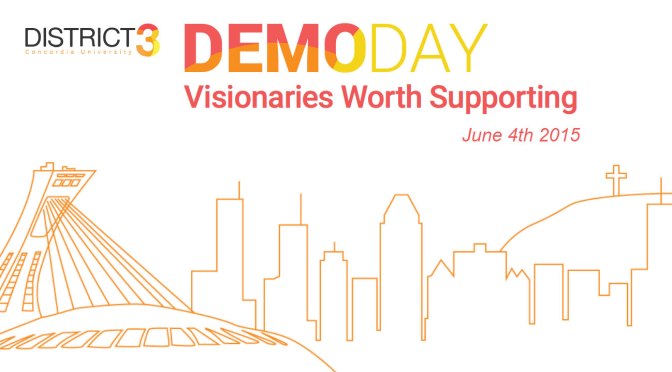How did I get to Organic Learning Experience?
A few days ago I had a very interesting conversation with two colleagues in the context of social learning. And I’m writing about it because I’d like to share the thoughts that we shared. More questions than answers of course. 🙂
It started when one asked “What is your educational philosophy”?
As this is not a day-to-day type of question, answering that question slowed the pace a bit, and it took a few moments to get the momentum back. What followed was an very interesting exchange of ideas.
“We need to use what works…”
“All learning should be blended…”
“Learners should be exposed to reality and work together to learn….”
We went on to talk about the various strategies and formats we can use, how we come about to select them. Lots of talk lately about storytelling and engagement. We need maximum flexibility to adjust with context that changes.
“How do you manage uncertainty?”
We never know exactly what will happen. How things will change. What “curve ball” will be thrown at you, as a designer or as a learner, when you least expect it.
“The uncertainty of our environment must be met with a proportionally varied selection of tools and approaches, to compensate for that uncertainty.”
Agility then comes to mind.
Cybernetics, Conversation Theory, Informal learning followed… Intentional learning…
“What is your preferred online social tool?”
Do you fit your design with the tool(s) your learners like?
Do you fit your learners to the tool(s) you think would work best?
Do you gently introduce your learners to a new thing that they should like and engage in?
This conversation popped these words in my mind: Organic Learning Experience. Or OLE!
You know that feeling?
Organic Learning Experience…
The brain works in mysterious ways. Each person is unique, like everyone else. Each person has their own reality, and people with similar realities tend to stick together, understand each other, collaborate better. Like soap bubbles… 😉
We constantly learn, from all kinds of inputs, delivered to us in all kinds of ways. It adapts to us and we adapt to them, depending on our extrinsic needs and intrinsic interests.
Try to force someone into a fixed mold, and you will get either rejection or frustration: two things completely antagonistic to learning, as it deflects energy from it.
It’s all about providing varied opportunities for learning, in terms of content and channels. We must provide access to informal learning opportunities alongside fixed, formal and planned learning interventions dictated by business requirements.
We cannot keep being like the majestic oak who expands tremendous energy to stay up and hold its ground, because the ground is moving. We need to be as varied as the reeds and other flexible and adaptive plants surrounding us.
Just some thoughts…
_______________________
Click “Like” if you like this post, and don’t hesitate to share it. And by all means, comment on it. 🙂

![OLE! …or the Organic Learning [Experience]](https://benoitdavid.files.wordpress.com/2015/09/ole.jpg?w=672&h=372&crop=1)



 Anyway, enough with that and on to the activity in question. So with the help of a very good friend of mine, who specializes in face-to-face learning, we devised an activity to reflect and discuss the meaning of creativity, its requirements and its implications. To do that we gathered about 60 quotes from various people and authors out of 9 books on creativity and innovation (see list below). Each quote was printed on a card, and cards were randomly grouped on the tables setup for people to eat their lunch. The idea was for each person to read the quote, reflect on it, decide if they agreed or not with it, and discuss it with their lunch buddies. Then, go around and discuss other quotes with other people. I even prepared an
Anyway, enough with that and on to the activity in question. So with the help of a very good friend of mine, who specializes in face-to-face learning, we devised an activity to reflect and discuss the meaning of creativity, its requirements and its implications. To do that we gathered about 60 quotes from various people and authors out of 9 books on creativity and innovation (see list below). Each quote was printed on a card, and cards were randomly grouped on the tables setup for people to eat their lunch. The idea was for each person to read the quote, reflect on it, decide if they agreed or not with it, and discuss it with their lunch buddies. Then, go around and discuss other quotes with other people. I even prepared an 











